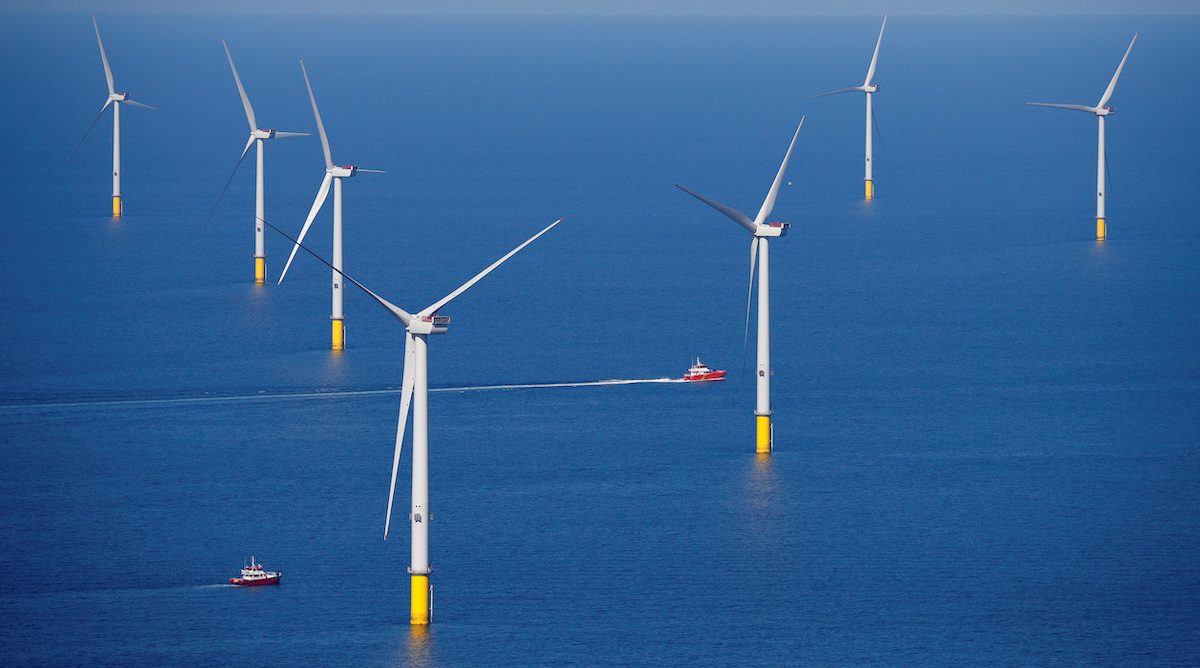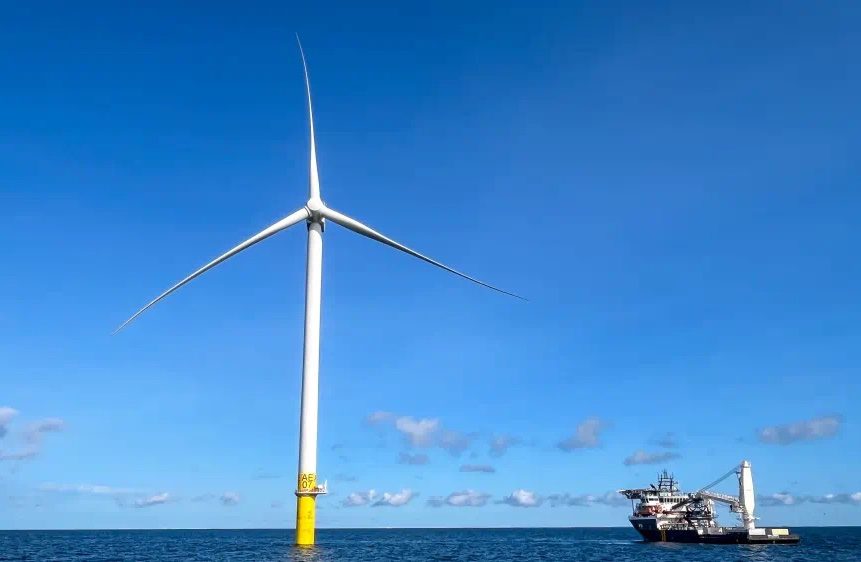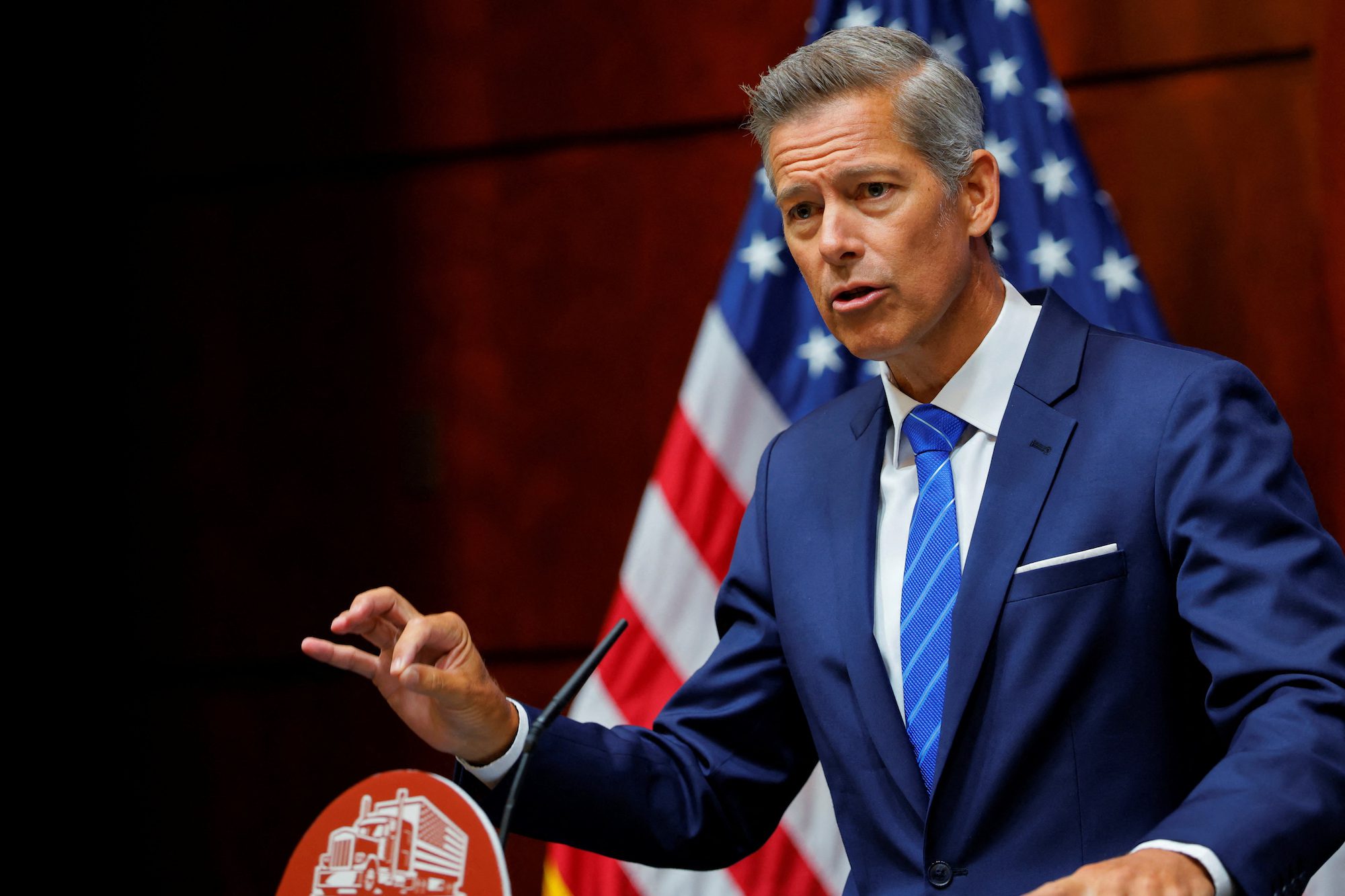By Valerie Volcovici WASHINGTON, Nov 18 (Reuters) – Danish renewable energy group Ørsted and North America’s Building Trades Unions (NABTU) announced on Wednesday a deal to train an offshore wind construction workforce to build the firm’s pipeline of projects down the U.S. East Coast.
The memorandum of understanding aims to create a model for the nascent offshore wind industry in the United States at a time President-elect Joe Biden is promising to usher in a swift transition to renewable energy sources like solar and wind to fight climate change.
Labor unions have been wary of a rapid transition to renewable energy over concerns it will lead to a net loss of middle-class, career-sustaining jobs.
“We are working to proactively develop a plan to transition organized labor into the offshore industry,” Ørsted North America CEO David Hardy told Reuters.
“We want to work with the NABTU to create a framework for an offshore wind construction workforce for alloffshore windfarms we will operate.”
The NABTU represents three million workers and its president Sean McGarvey praised the agreement.
“We think it is so timely with where the country finds itself now. There is major renewable investment across the east coast that will achieve a just transition for people who will perform the work,” he said.
Ørsted operates America’s only utility-scale offshore wind farm, off Rhode Island, and has built a two-turbine pilot project off the coast of Virginia in federal waters.
But Hardy said the United States, which has just over 40 megawatts of offshore wind energy capacity, is lagging far behind Europe where there is there is 22,000 MW of offshore wind capacity, and Asia where there is 8,000 MW.
The United States offshore wind industry holds 15 active commercial leases that, if built, could generate another 30GW of electricity, create 83,000 jobs and drive $25 billion in annual economic output in the next decade, according to the American Wind Energy Association.
Ørsted and NABTU said they will work to identify the skills necessary to accelerate the creation of an offshore workforce, and partner on training and certification to ready workers to build new projects. They did not provide details on numbers of workers that would be trained or the cost of the program.
Ørsted’s Rhode Island project was built with union labor and served as the “beta test” for what will be the national agreement, McGarvey said. He said offshore wind can provide good jobs at scale in a way that some onshore projects can’t.
“This will show how as we move and transform our energy production in North America, it can be done at middle-class wages and good benefits packages. Anything else is not acceptable,” he said.
Biden has set a goal to achieve net zero emissions in the electricity sector by 2035, but has faced resistance from conservatives who argue the transition will kill jobs. (Reporting by Valerie Volcovici; additional reporting by Nichola Groom; Editing by Lincoln Feast.)
(c) Copyright Thomson Reuters 2020.

 Join The Club
Join The Club












